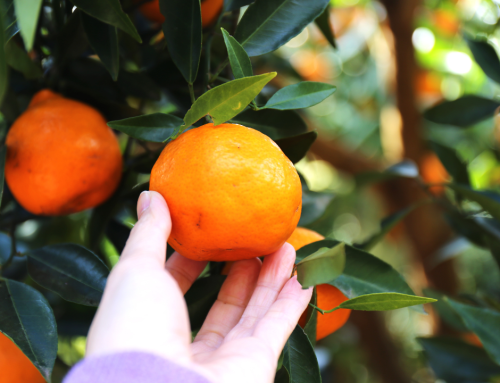Action for June
If your property is close to (within 500m of) urban or peri-urban Queensland fruit fly host plants or feral hosts along roads, channels or abandoned orchards it is important to undertake the following tasks:
- Check male and female targeting traps at least once a fortnight during winter and every week from August/September onwards. Traps should be deployed all year round.
- Check fruit for sting marks and/or eggs and larvae at least once a week. Check ripe or ripening fruit in your orchard, house yards and along the road and channel banks that show signs of infestation such as sting marks or abnormal fruit softening.
- Ensure you have access to suitable quantities of fruit fly bait so that if fruit flies are found in fruit or in high numbers on traps you can commence a baiting program straight away. This is particularly import if you have had fruit fly problems previously.
It is recommended property owners close to hot spot areas listed below undertake these actions as a high priority.
Identification of hot spot areas
The following locations were identified as hot spots during May and June 2022:
| VERY HIGH |
| BUNBARTHA |
| GRAHAMVALE |
| INVERGORDON |
| KYABRAM |
| MERRIGUM |
| NAGAMBIE |
| ORRVALE |
| SHEP EAST |
| SHEP |
| TATURA |
| TOOLAMBA |
| UNDERA |
| HIGH |
| ARDMONA |
| KATUNGA |
| MOOROOPNA |
| YARROWEYAH |
The weather and fruit fly
Weather conditions favourable to fruit fly have persisted longer this year than normal allowing a high level of Queensland fruit fly to survive throughout autumn to mid-May.
Weather outlooks indicate that fruit fly will be able to survive at least this part of winter in greater numbers than normal.




